Mindful Tech: Harnessing Technology for a Calmer Life
Imagine your phone buzzing less and meaning more. What if your devices could help you feel grounded instead of scattered? Let’s explore how to turn screens into allies for mental clarity and emotional wellness.
Our relationship with digital tools often feels like a tug-of-war. But it doesn’t have to be that way. Research shows intentional screen use can reduce stress and boost focus when aligned with personal values. The secret lies in conscious choices, not complete disconnection.
Small changes make big differences. Turning off non-essential notifications creates space for creativity. Scheduling email checks preserves energy for meaningful tasks. These tweaks help reclaim control without abandoning modern conveniences.
This approach isn’t about strict rules—it’s about designing a digital life that serves you. We’ll share science-backed methods to identify draining habits and replace them with uplifting routines. You’ll discover how apps can actually enhance focus when used strategically.
Key Takeaways
- Digital tools can support wellness when used purposefully
- Intentional screen time reduces mental clutter
- Small habit shifts create lasting positive changes
- Balance comes from awareness, not total avoidance
- Practical strategies help personalize tech use
- Focus-enhancing apps exist alongside distraction-free modes
Introduction: Embracing a Calmer Life in the Digital Age
Have you ever finished scrolling through your phone only to feel more drained than before? Our devices deliver endless updates, but rarely deliver peace. The average person checks their screen 144 times daily—a cycle that leaves little room for quiet reflection.
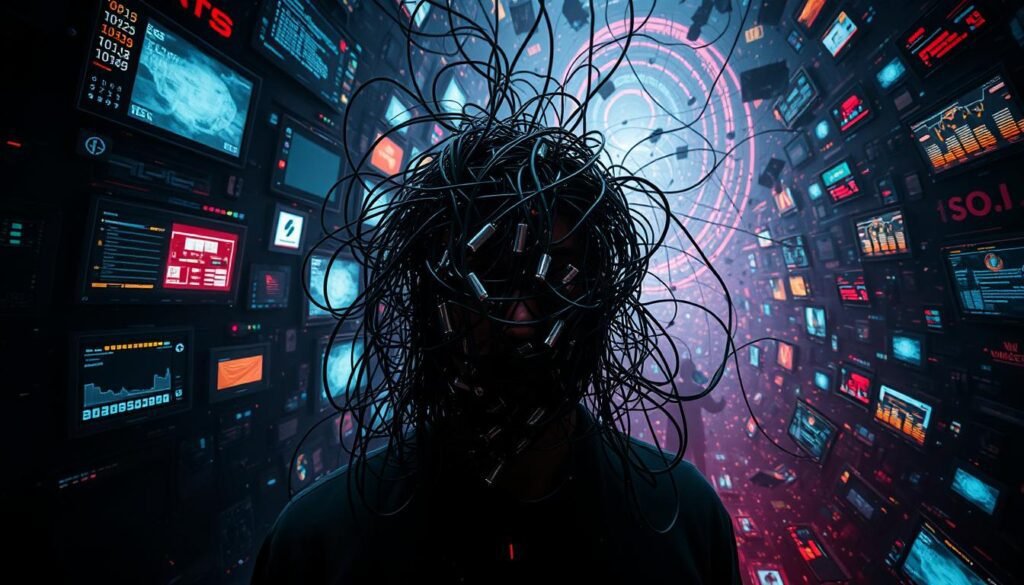
Understanding the Digital Overload
Red notification bubbles act like tiny alarms. Studies show they trigger stress responses similar to sudden noises. Our brains release dopamine when we clear them, creating a craving for that quick reward hit.
Endless scroll features work like invisible hooks. App designers use variable rewards—the same psychology behind casino games—to keep us swiping. Each refresh could bring a viral post or urgent message, even if 90% are trivial.
The Need for Mindfulness in Modern Technology
Constant connectivity fractures our attention. Neuroscientists found frequent phone checks reduce focus spans by 40% compared to single-task activities. This isn’t just about willpower—it’s biological wiring meeting clever design.
Creating space starts with awareness. Simple pauses before unlocking your phone help break autopilot habits. Over time, these moments build resilience against the pull of manufactured urgency from apps and social media.
Technology and mindfulness: A Modern Necessity
What if your next screen time could feel as refreshing as a walk in the park? Our devices shape daily experiences, but how we engage determines their impact. Like trees adapting to urban spaces, humans evolve with tools—they’re extensions of our creativity, not opponents.

Defining Mindfulness in a Digital World
Presence isn’t reserved for quiet forests. True awareness means noticing why you open an app before tapping. Is it curiosity or habit? A 2023 study found people check phones 37% less when pausing to name their intention first.
This practice mirrors traditional focus techniques. Observing notifications without immediately reacting builds mental flexibility. Over time, you’ll spot patterns: maybe Instagram drains energy at noon, while podcasts spark ideas evenings.
Mindful vs. Mindless Technology Use
Conscious engagement creates clear boundaries. Compare reading news to learn versus scrolling to numb stress. Both involve screens—one enriches, the other depletes.
| Characteristic | Mindful Use | Mindless Use |
|---|---|---|
| Intention | Specific purpose | Automatic reflex |
| Awareness | Notices physical posture | Slouches unconsciously |
| Time Spent | Set duration | “Just five more minutes” |
Notice how body language shifts? Leaning forward often signals urgency, while sitting upright supports calm focus. Small adjustments create ripple effects—a straight back during video calls can lower stress hormones by 15%.
Practical Strategies for a Mindful Tech Routine
Your screen time doesn’t have to drain you. Simple tweaks to daily habits can transform how devices shape your focus and energy. Start by exploring these research-backed methods.
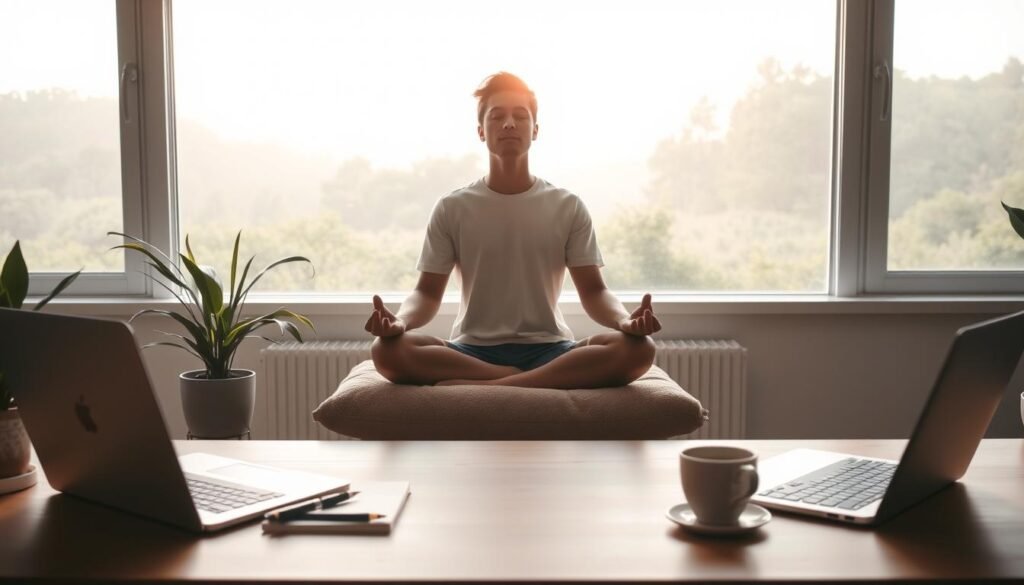
Implementing App Limits and Downtime
Nighttime screen exposure acts like caffeine for your eyes. Blue light blocks melatonin production, making sleep elusive. Try shutting off devices 90 minutes before bed—read a book instead.
University of Chicago researchers found phones within arm’s reach reduce focus by 26%. Keep devices in another room during work sessions. This physical gap helps mental clarity.
| Strategy | Action | Benefit |
|---|---|---|
| Blue light cutoff | No screens after 8 PM | Better sleep quality |
| Phone distance | Workstation phone ban | 40% focus boost |
| App limits | 45-minute social media cap | Reduced anxiety |
Leveraging Built-In Tools to Manage Screen Time
iOS Screen Time reveals eye-opening patterns. One user discovered 3-hour Instagram sessions during work hours. Use App Limits to automate boundaries for draining apps.
Schedule Downtime for creative hobbies or family meals. Allow only essential apps like maps during these periods. Pair this with friends for accountability—group challenges make limits stick.
Customize notifications ruthlessly. Only let banking alerts break through. This reduces daily interruptions by 60% for most people. Your phone becomes a tool, not a taskmaster.
Integrating Mindfulness Techniques into Daily Tech Use
Your phone’s next notification could be a cue to breathe deeply. Modern apps now offer more than endless scroll—they can become pocket-sized guides for staying grounded. Let’s explore how to weave awareness into every swipe and tap.
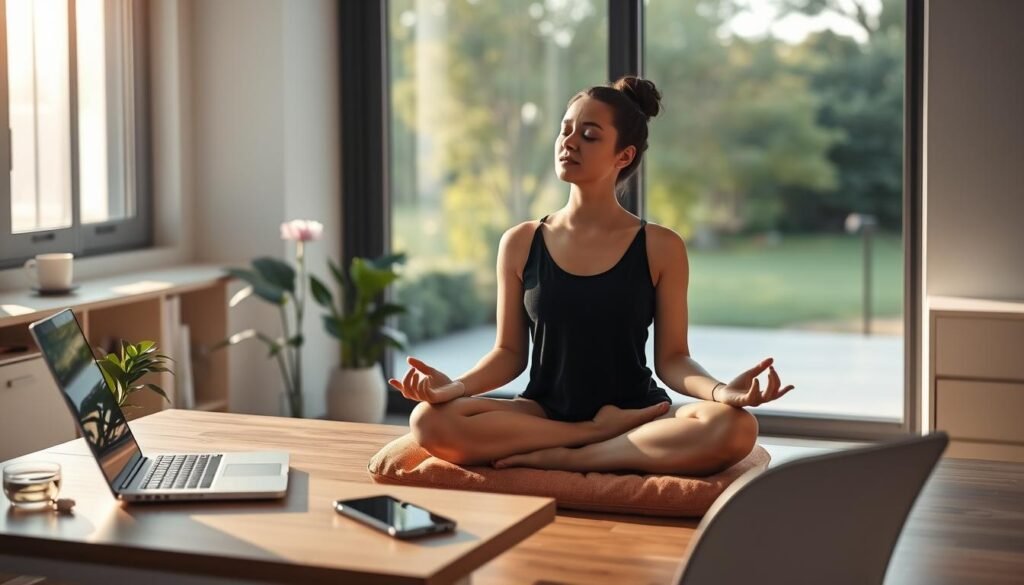
Smartphone Sanctuaries: Training Focus Through Apps
Top-rated apps like Calm and Insight Timer act as digital coaches. A UCLA study found 8 weeks of guided sessions improved focus by 23% during work hours. These tools turn spare moments into mini-retreats—perfect for commutes or lunch breaks.
“The bell that rings on your device isn’t an interruption—it’s an invitation to return to your body.”
Try syncing screen time with breathing exercises. Match inhalations to loading animations, or exhale while closing tabs. This turns routine actions into focus-building rituals.
| App | Key Feature | Best For |
|---|---|---|
| Headspace | 3-minute SOS meditations | Stress spikes |
| Buddhify | Activity-based sessions | Commuting |
| Yours App | Biofeedback integration | Emotional regulation |
Micro-meditations work wonders during natural pauses. Before checking email, feel your feet on the floor for 10 seconds. After video calls, stretch your arms skyward. These tiny resets combat digital fatigue.
Conscious consumption transforms scrolling. Ask: “Does this feed my mind or drain it?” Set intentions like “Learn one new idea” before opening articles. Your screen time becomes purposeful, not passive.
Exploring How Technology Shapes Our Mental Well-Being
What if your devices could whisper insights about your mental state? Cutting-edge tools now bridge physical sensations and emotional patterns, offering real-time feedback once reserved for labs. These innovations reveal how digital experiences shape our inner lives—and how we can steer them.
Neurofeedback, Wearables, and Meditation Tools
Devices like Spire Stone track breathing rhythms through clothing sensors. It spots stress spikes by analyzing chest movements—helping users course-correct before overwhelm hits. WellBe’s wrist monitor pairs heart rate data with daily events, showing how specific apps affect calmness.
Virtual reality takes meditation deeper. Programs like Sonic Cradle use breath-controlled soundscapes in darkness, training focus through sensory deprivation. Google’s campus labyrinth combines ancient walking meditation with modern design, proving tech giants value offline pauses.
Balancing Connectivity with Personal Connection
Video calls can foster intimacy when used intentionally. Try sharing screens while discussing vacation photos, or co-watching documentaries. These shared experiences create bonds that quick texts can’t match.
Set “connection check-ins” during scroll sessions. Ask: Does this chat feed my need for belonging? Bookend online interactions with offline rituals—brew tea after Zoom meetings, or stretch before texting friends. Tech becomes the appetizer, not the main course.
“We shape our tools, and thereafter our tools shape us.”
Silicon Valley’s mindfulness programs reveal a truth: Even app creators need digital boundaries. Facebook’s emotion-mapping workshops help teams design features that respect users’ mental space. Your turn—experiment with one tech tool this week that prioritizes depth over distraction.
Conclusion
Balance isn’t found in less tech, but smarter use. Your devices become allies when you align screen time with personal values. Start by pausing before unlocking—this simple break lets thoughts settle, creating space for intentional actions.
Set app limits that protect your best hours. Use tools to schedule focused work blocks, then enjoy guilt-free scrolling during downtime. Nature’s rhythms teach balance: let devices mirror natural pauses like sunrise viewing or evening wind-downs.
Notice which apps spark joy versus drain energy. Keep those that feel like fresh air—a breathing guide or sunset photo feed celebrating nature’s beauty. Delete ones triggering endless scrolls. Small steps build habits: charge devices outside bedrooms, or try tech-free walks.
True connection thrives in these moments. By making conscious choices, screens shift from distractions to bridges—helping you live fully while staying grounded in what matters most.
FAQ
How can I reduce distractions from notifications without missing important alerts?
Customize notification settings to prioritize essential apps like messaging or calendar tools. Use “Do Not Disturb” modes during focused tasks, and schedule regular check-ins for emails or social media. This helps maintain awareness while minimizing interruptions.
What built-in phone features help manage screen time effectively?
Most devices offer grayscale modes to reduce visual stimulation and app timers to set daily limits. Features like Apple’s Screen Time or Android’s Digital Wellbeing track usage patterns and allow customized downtime schedules to encourage breaks.
Can meditation apps genuinely improve mental health?
Apps like Headspace or Calm provide guided sessions that teach breathing techniques and stress management. Consistent practice fosters better attention control and emotional regulation, though pairing them with offline activities like nature walks enhances results.
How do wearables support mindfulness in daily life?
Devices like Fitbit or Whoop track heart rate variability and stress levels, offering real-time feedback. Pairing this data with mindful moments—like pausing before responding to messages—creates opportunities to reset during hectic days.
What’s a simple way to stay present while using social media?
Before scrolling, take three deep breaths and ask, “Does this serve me right now?” Set a 10-minute timer and engage intentionally rather than passively. Afterward, reflect on how the experience felt compared to offline interactions.
How can I balance staying connected with avoiding digital burnout?
Designate tech-free zones (e.g., dining areas) and times (like mornings). Use tools like Slack’s status updates to communicate availability. Prioritize face-to-face conversations for meaningful connections, reserving screens for practical tasks.
Share this content:
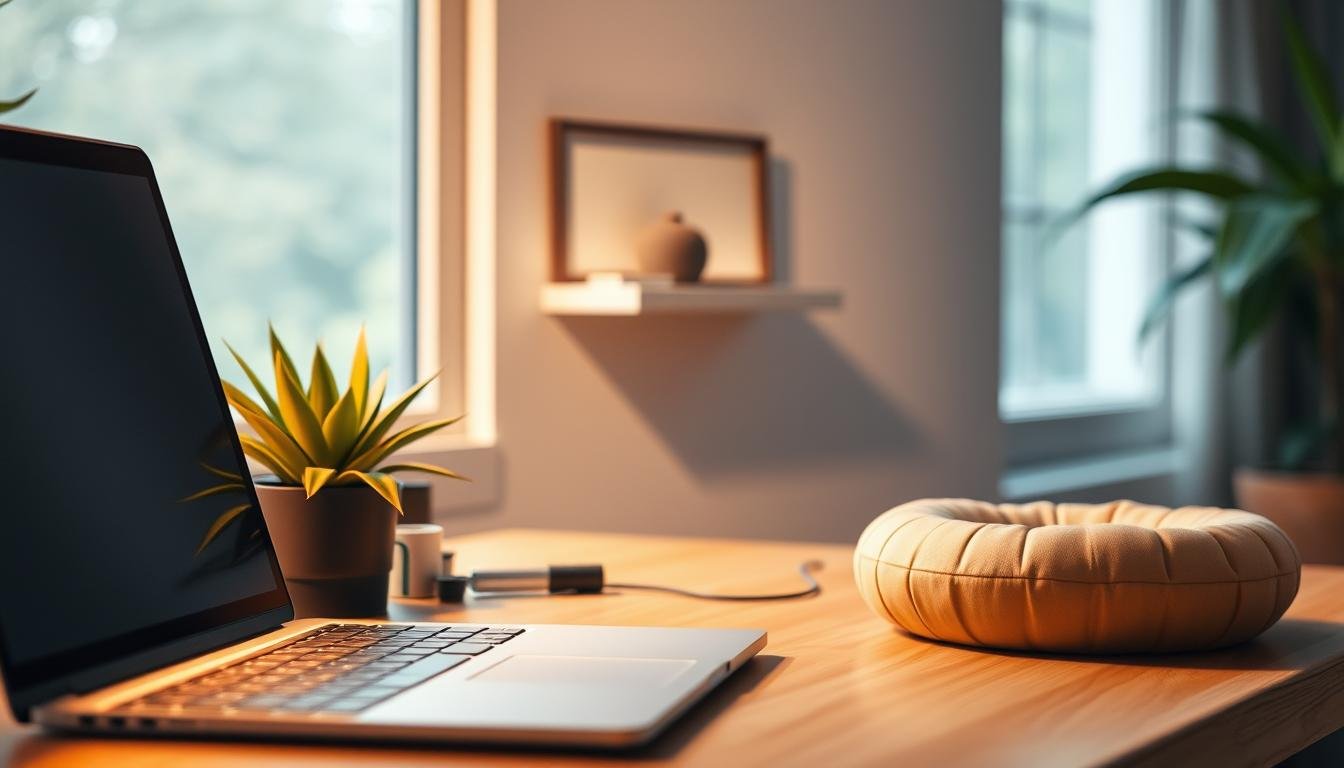
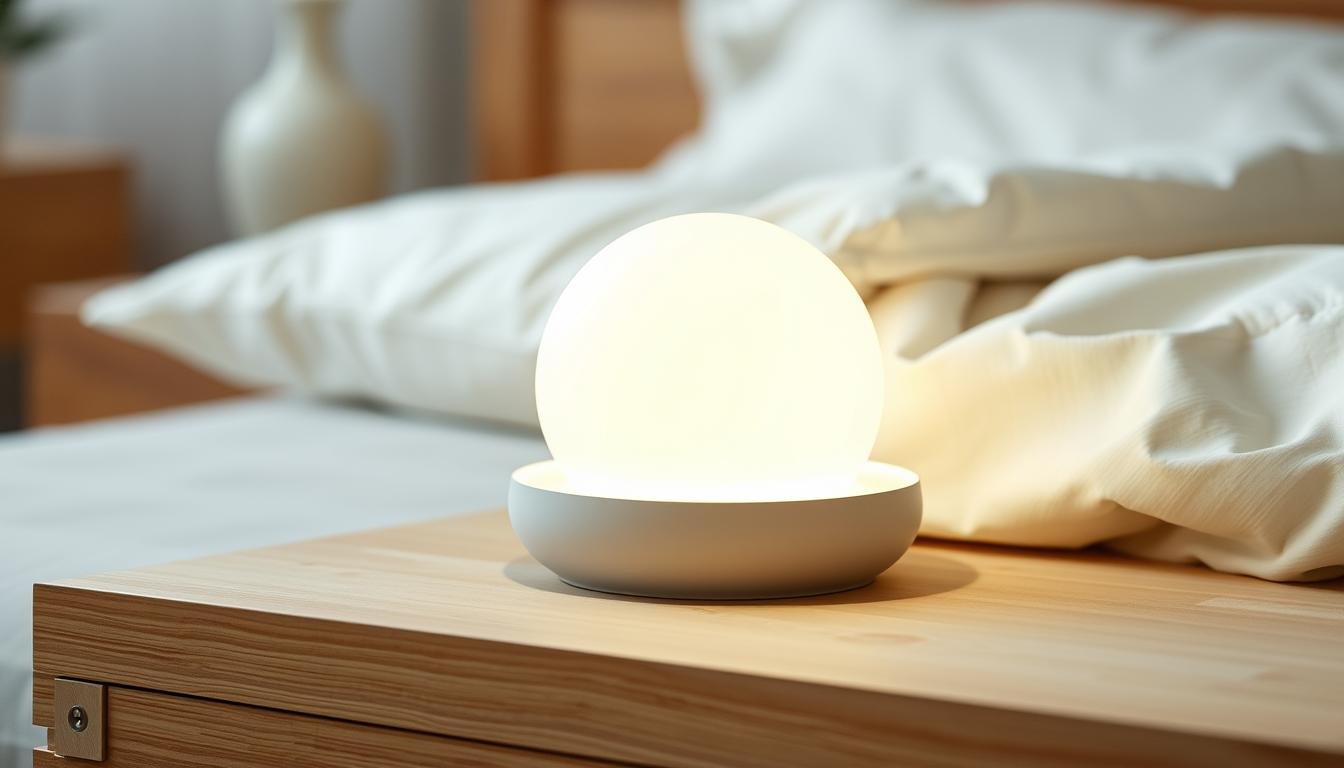

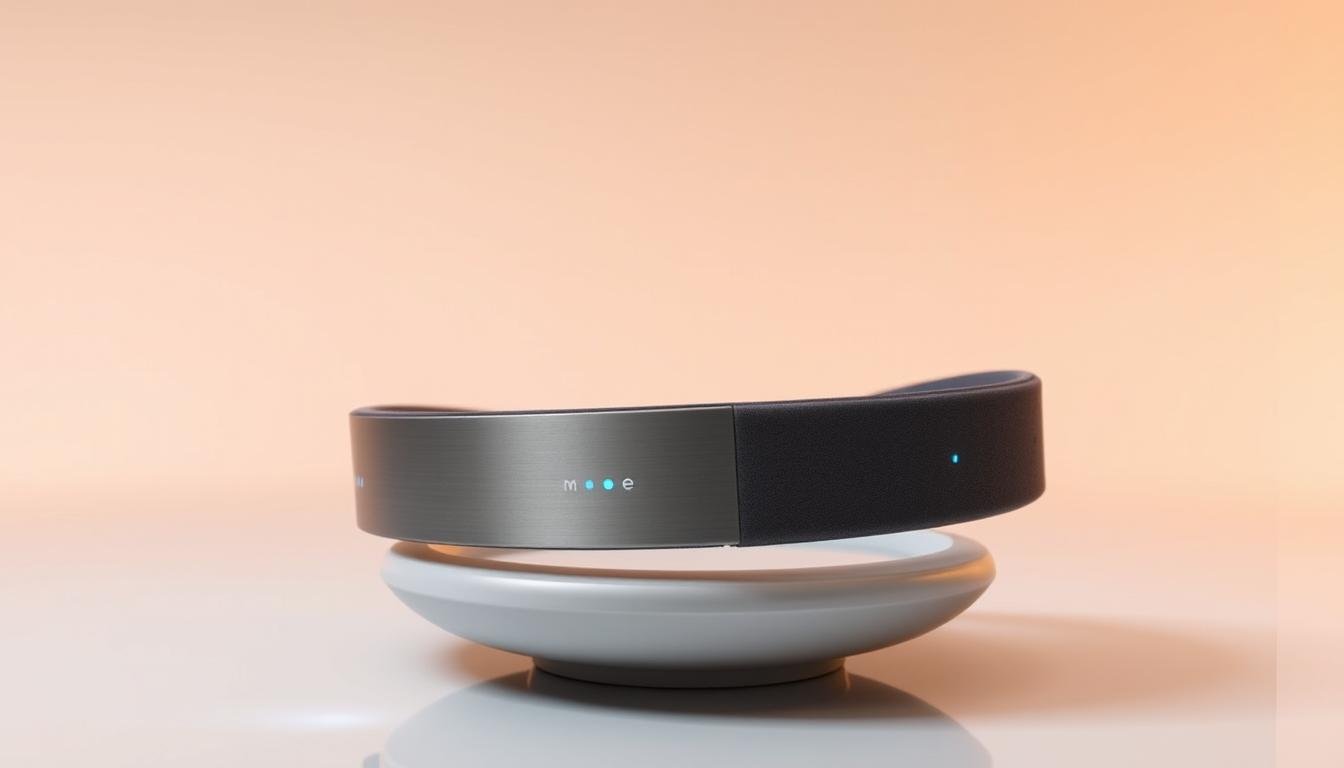
Post Comment